Dupa plasarea solicitării de comandă, in sectiunea Istoric puteti vedea cate solicitări de comandă mai avem de procesat inaintea dumneavoastra
Program de lucru: Luni - Vineri 9:00 - 18:00, pauza 13:00 - 14:00.
Se efectueaza lucrari de mentenanta la site si pot aparea erori. In cazul in care intampinati erori va rugam sa reincercati mai tarziu.
Ridicarea personala este disponibila pentru comenzile achitate in avans. Se pot ridica dupa ce sunt pregatite.
Niciun produs
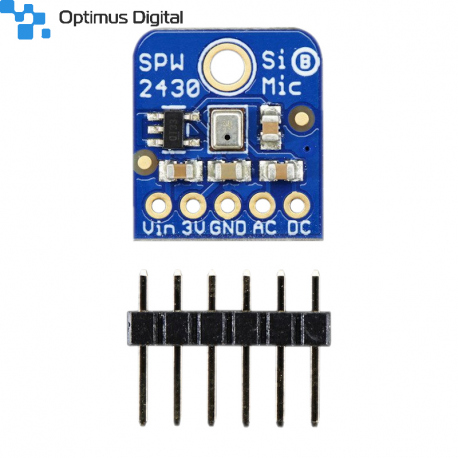 Mărește
Mărește
Placă Minimală Adafruit cu Microfon MEMS - SPW2430
P2716
Produs nou
Placă Minimală Adafruit cu Microfon MEMS - SPW2430
Acest produs nu mai este in stoc
- Scrie o recenzie
- Elimina acest produs din lista mea de favorite.
- Adauga acest produs la lista mea de favorite.
- Imprimă
Informații
Paca cu microfon MEMS SPW2430 este ca orice microfon clasic, detectează sunetul și îl convertește în tensiune. Nu are nevoie de amplificator, totul este integrat. SPW2430 este un microfon MEMS mic și ieftin cu gama de 100Hz - 10KHz, perfect pentru majoritatea proiectelor de înregistrare/detecție audio.
MEMS SPW2430 este ideal pentru proiecte cum ar fi: Schimbător de voce, înregistrare de sunet sau proiecte ce raspund la sunet. Pentru a păstra dimensiunile reduse, placuța are doar un regulator de 3V (microfonul are nevoie de 3.3V) și condensatori de filtrare.
Ușor de folost, se conecteaza GND la masa, Vin la 3.3 - 5V DC. Pentru performanțe ridicate se recomandă alimentare 3.3V. Ieșirea o să fie pe pinul DC, cu o eroare de 0.67V (deci când e liniște totală se va citi 0.67V).
Greutate: 0.9g
Dimensiuni: 15.8 x 14.1 x 2.9mm
Pentru mai multe detali consultați Pagina Producatorului.
Recenzii
Clienții care au cumpărat acest produs au mai cumpărat:
-
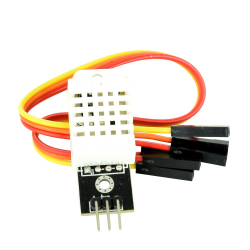
Modul Senzor...
Modul DHT22 este un senzor de temperatura si...
$5.55
-
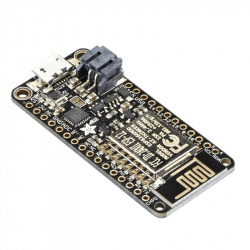
Adafruit...
Adafruit Feather HUZZAH cu WiFi ESP8266
$31.68
-
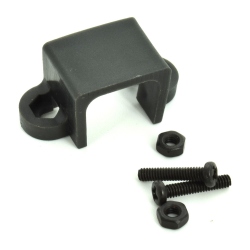
Cornier...
Cornier Negru cu Șuruburi pentru Motoarele N20
$0.36
-

Mini Lampă USB
Mini Lampă USB
$0.84
-
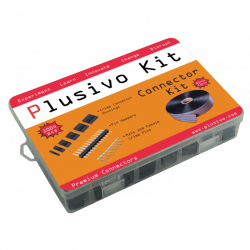
Set...
Un kit complet de conectori: headere de pini...
$14.40
-
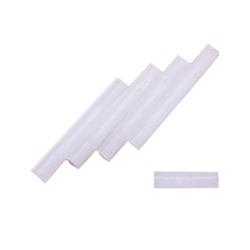
Pilon din...
Pilon din Plastic Alb Semitransparent 5x5x20 mm
$0.10
-
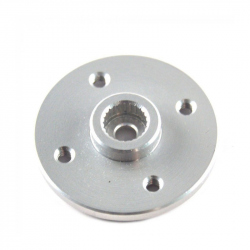
Dispozitiv...
Dispozitiv de cuplaj pentru servomotoare.
$0.60
-
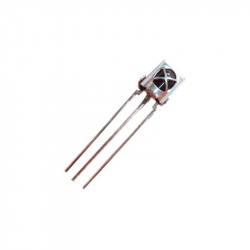
Receptor...
Receptor ideal pentru proiecte care implică...
$0.48
-
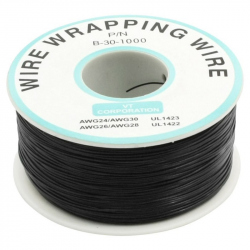
Mini Rolă de...
Firul este monofilar.
$7.20
-
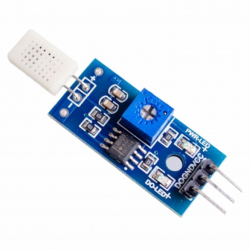
Modul Senzor...
Modul Senzor de Umiditate HR202 util pentru...
$2.40




